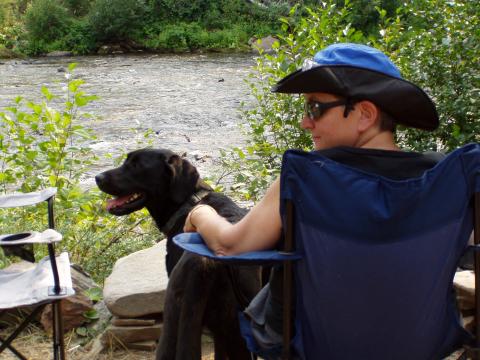Homelessness in Union County TN - Part 1
When living in Sharps Chapel many years ago, my husband and I explored an area called Palmer’s Junction. It was a lovely little picnic area right on the water. We noticed that some people were “probably” homeless, living there in tents and maybe cars. I am not one to walk up to strangers and ask them if they are homeless, which is why I say “probably.” Upon reflection, and after talking to other Chapel residents at the time, we discovered that many were. That was my introduction to homelessness in Union County.
Over the ensuing 25+ years, homeless populations around the world have been increasing for a plethora of reasons. Many news articles from Knoxville have detailed the growing number of unhoused people there, as well as the increasing need for significant support services for them.
Realistically, though, how many homeless people are there in Union County? Ten? Twenty? One hundred? And why are they homeless? Many folks I chatted with believe that there are very few homeless people here and that most of them are couch surfing or staying with family members. Is that true? And what sort of services do we have (or should we have) for them here?
According to DataUSA.io (a website for exploring US public data), 13% of the 20,141 population in Union County in 2023, or 2,618 people, were living with severe housing problems. (It can be a little tricky researching statistics for Union County, Tennessee, as there are 17 Union Counties in the U.S.). Most people in this county who experience homelessness are “episodically homeless”, meaning that they have had an emergency financial need. A financial emergency hitting someone living at or below the poverty line may easily throw them into a housing crisis if there is not enough money left to pay the rent.
During the 2022 academic year, 258 children in the Union County Public School system were identified as being “homeless.” But homelessness, in this case, is defined as a child not living with their parents. And many of these children had stable homes with relatives, were in foster care, or under guardianship–-just not with their parents.
The most common situations for being unhoused include: lack of affordable housing; low income; struggles with physical or mental health issues; substance abuse; lack of community services or support; and/or several of the above.
These articles will explore the situation in Union County, including conversations with people who are familiar with the issue, those who are determined to help, and (perhaps) conversations with folks who find themselves, for whatever reason, without a house to live in.
- Log in to post comments

Homelessness
Interesting and well-researched article. Thank you for pointing out something that most of us don't like to think about. After all, a twist of fate could put us all in a similar situation.
Thanks, Susan. It is a…
Thanks, Susan. It is a difficult subject to research: so many opinions, so few facts. I've interviewed half a dozen people (so far), and each one's opinions seem to differ. I think I have 3 more articles to go...or whenever I stop interviewing and writing. Whichever comes first!